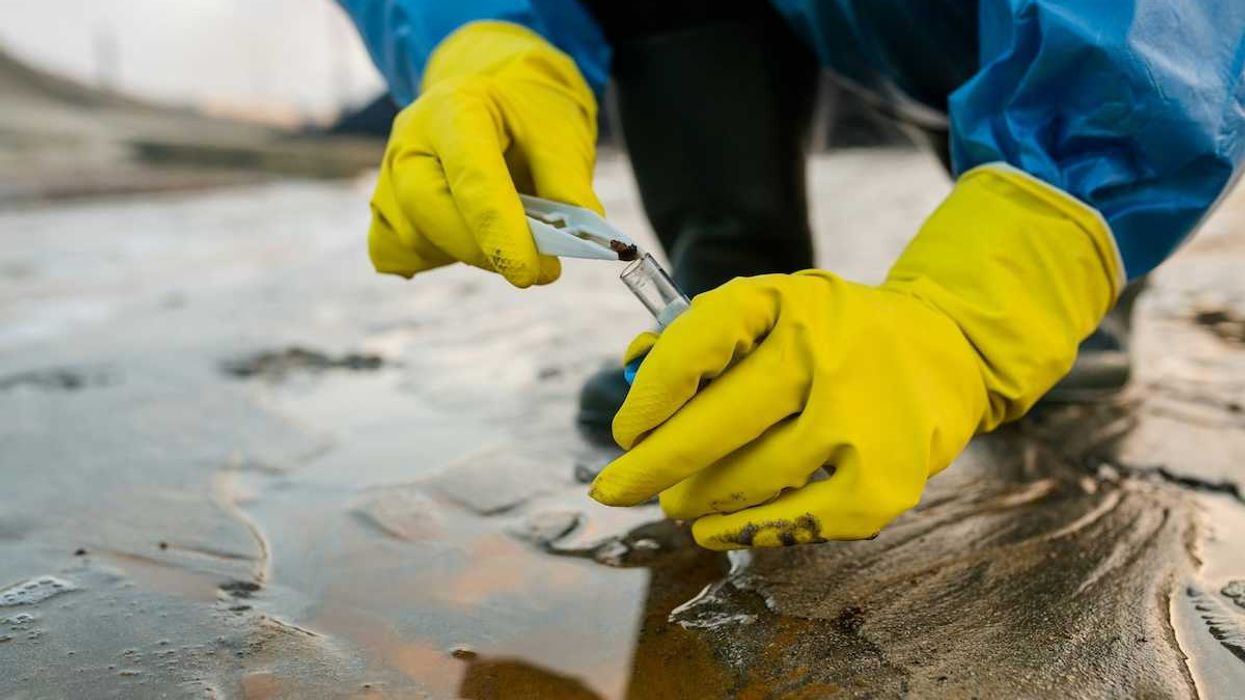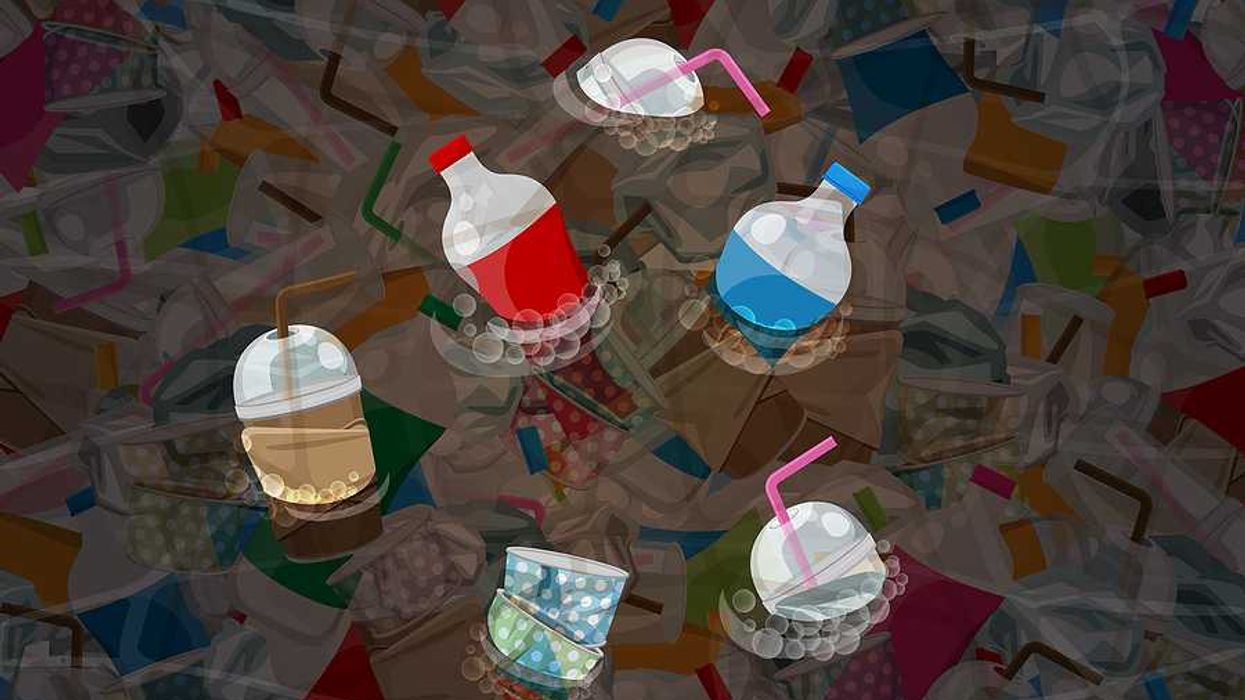The Environmental Protection Agency's new limits for PFAS in drinking water are pushing utilities to adopt advanced treatment technologies, but funding remains a significant challenge.
Britt E. Erickson reports for Chemical & Engineering News.
In short:
- The EPA's new PFAS limits in drinking water will require thousands of utilities to adopt expensive treatment processes in the next five years. The agency estimates it'll cost $15 billion over a decade to build systems that meet the new limits.
- Regenerable ion-exchange resins and granular activated carbon are among the key technologies being explored for PFAS removal.
- Challenges are not limited to funding. There are sustainability questions regarding the PFAS removal medias disposal, as well as potential supply chain issues from soaring demand for PFAS removal media.
Key quote:
"We can take a solvent that is fit for human contact and pass it through the media. We extract the PFAS off of the media and then that extract goes to our PFAS Annihilator for closed-loop destruction."
— David Trueba, CEO of the Battelle Memorial Institute spin-off Revive Environmental.
Why this matters:
Communities are facing a double-edged sword: while there's an urgent need to comply with EPA standards to protect public health, the funding required to do so is substantial. Federal and state assistance is crucial, but current allocations fall short of what’s needed for comprehensive nationwide compliance.
Advocates argue that without sufficient funding, the burden may fall on consumers through increased water bills, which could disproportionately affect low-income households.














